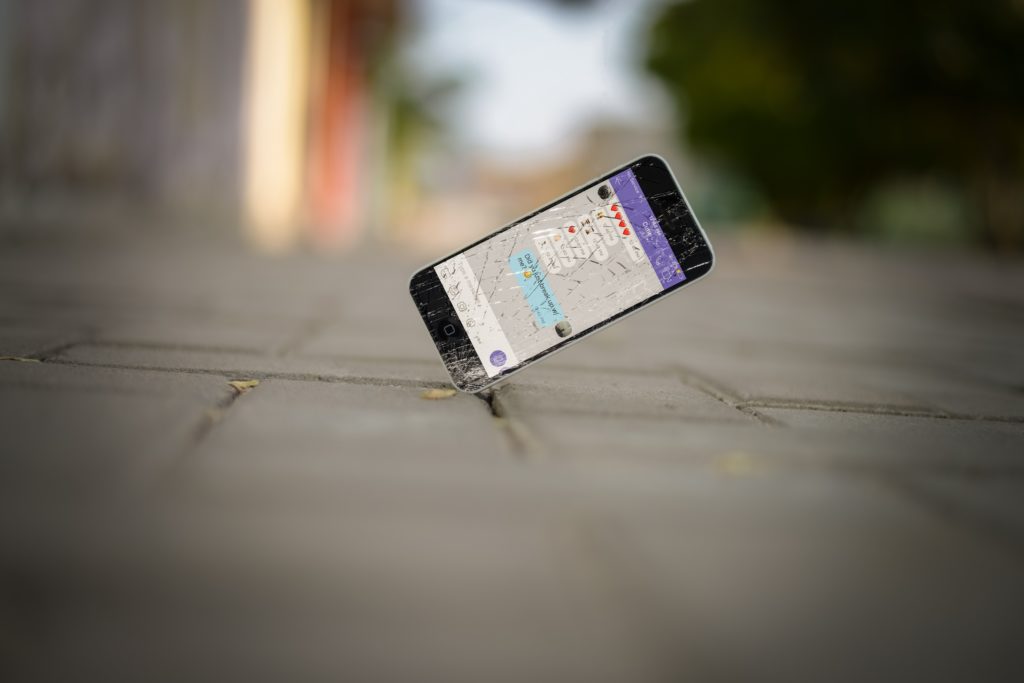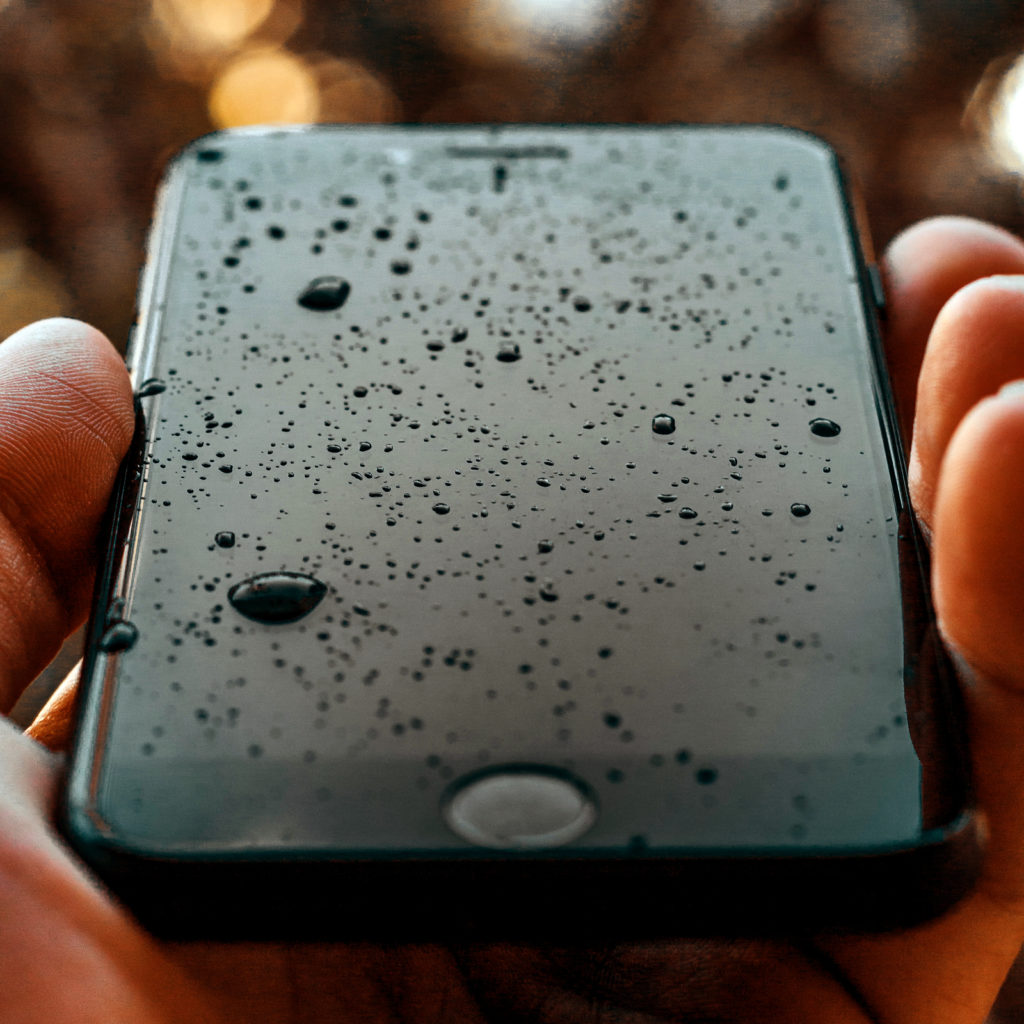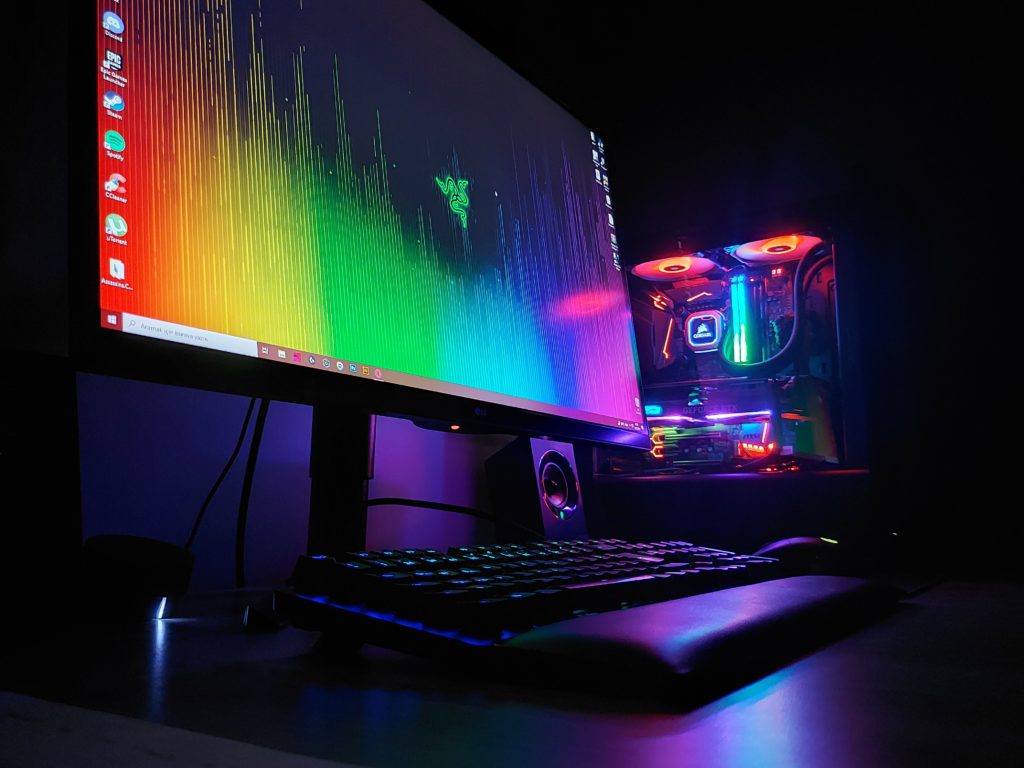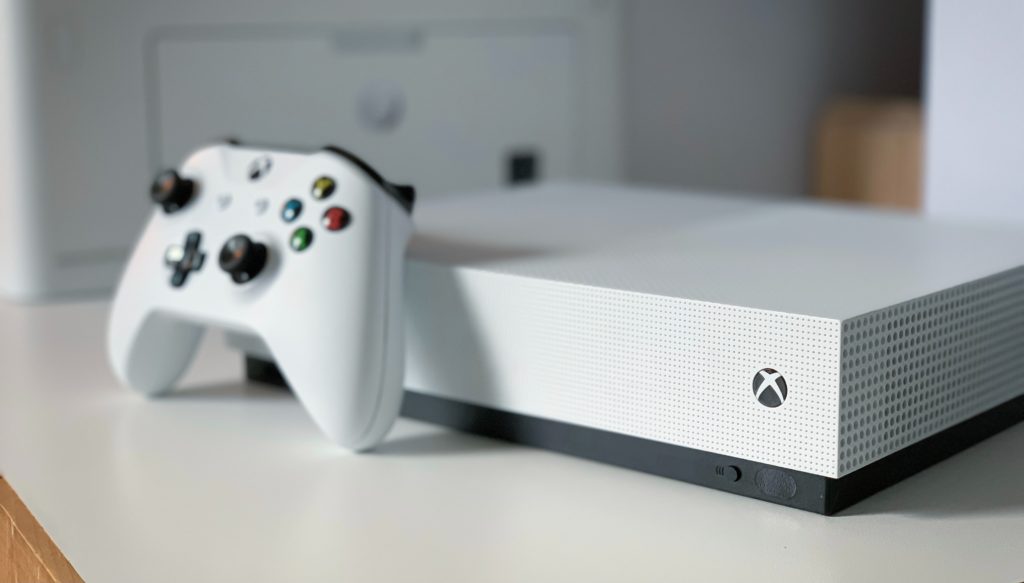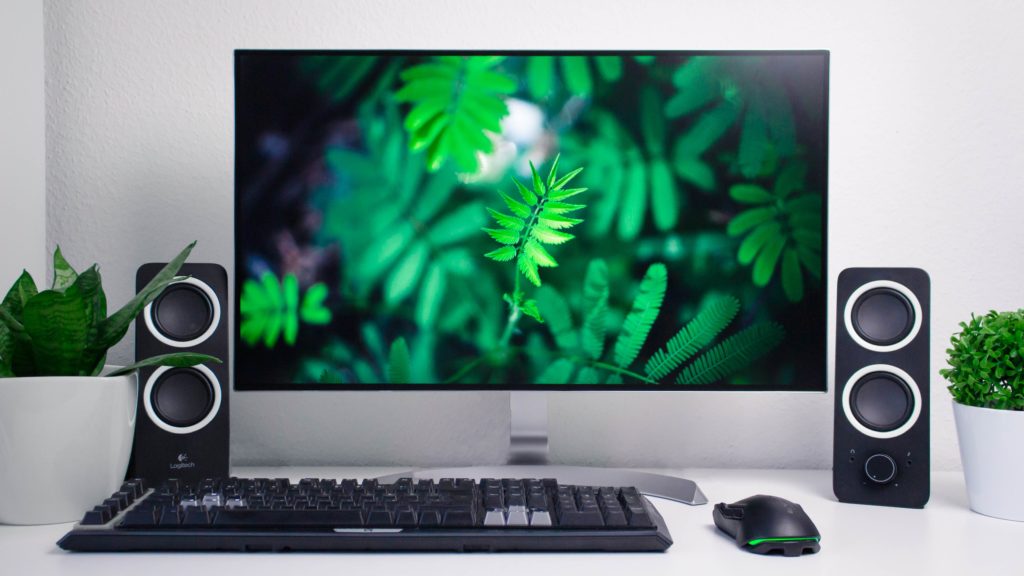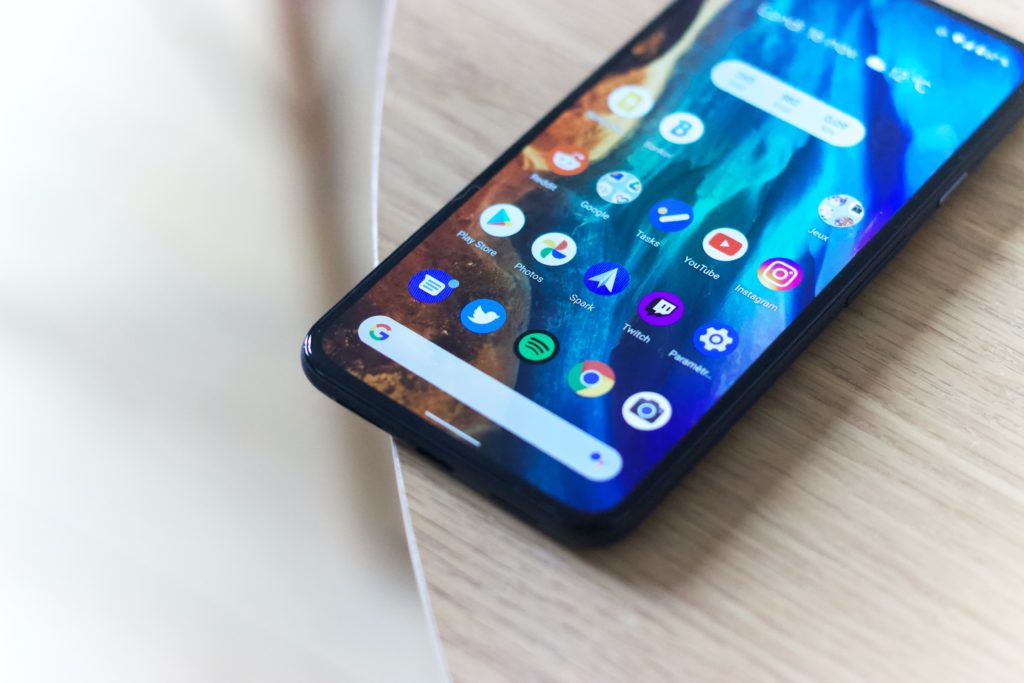In today’s world, smartphones have become an integral part of our lives. They serve as communication devices, personal assistants, and entertainment hubs. With advancing technology, the demand for additional features and enhancements to optimize the smartphone experience continues to grow. Users have the option to personalize and extend the functionality of their smartphones through third-party accessories such as cases, screen protectors, chargers, and Bluetooth devices.
However, users should understand how these accessories can potentially affect smartphone performance. In this blog post, iFixYouri will explore the effects of third-party accessories on the overall performance and functionality of smartphones. Please visit us if you have any smartphone issues that require professional repair help.
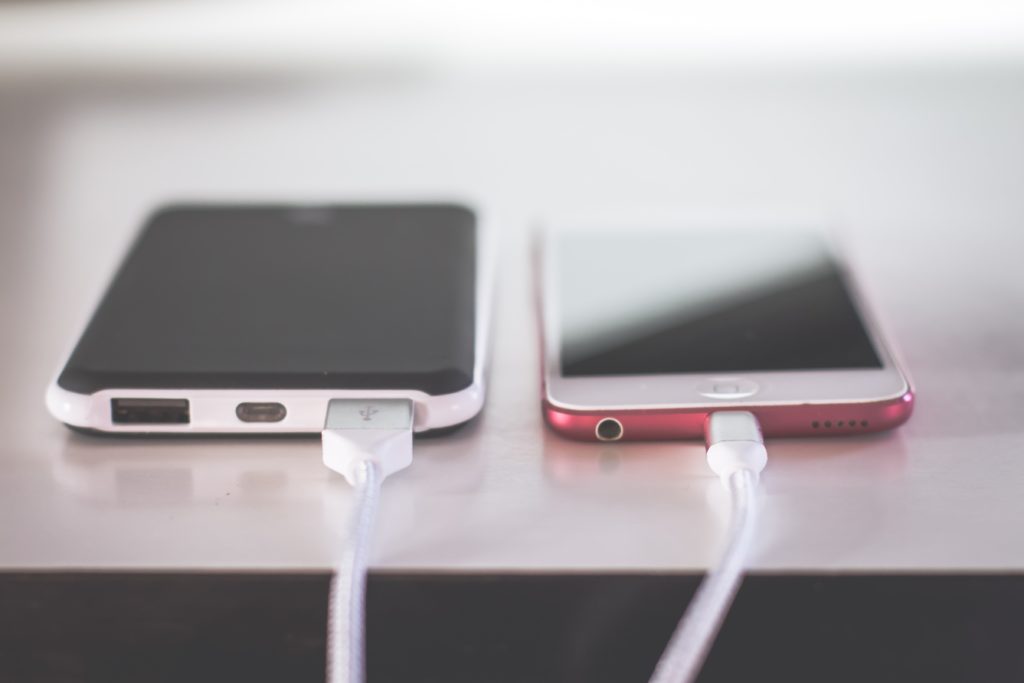
Third-Party Accessories: Compatibility and Functionality
When it comes to using third-party accessories, it’s important for users to check the specifications and compatibility information provided by the accessory manufacturer before making a purchase. Some accessories may not work optimally with all smartphone models.
Moreover, certain third-party accessories may not fully integrate with the smartphone’s operating system or hardware, limiting their functionality. To ensure seamless integration and proper functionality, users should choose accessories that reputable manufacturers have tested and certified.
Performance and Battery Life
Moving on to performance and battery life, third-party accessories can have a significant impact. Poorly designed chargers or low-quality cables, for instance, may not provide the required power or charging speed, resulting in slower charging times or inconsistent performance. In extreme cases, subpar charging accessories may even damage the smartphone’s battery.
Additionally, power-hungry accessories like Bluetooth headphones or smartwatches can significantly drain the smartphone’s battery life. To avoid excessive battery drain and ensure optimal performance throughout the day, users should be mindful of the power requirements and energy efficiency of these accessories.
Security and Data Privacy
Considering the importance of data privacy and security, it is crucial to be aware of the potential risks associated with third-party accessories. Some accessories, especially those relying on wireless connectivity or requiring app installations, may introduce security vulnerabilities or expose users to data breaches. Thus, users should carefully review the permissions requested by the accompanying software when using accessories that require app permissions or access to sensitive data.
Additionally, certain third-party accessories, particularly those connecting via USB or other physical ports, can be conduits for malware or unauthorized data transfer. Therefore, exercising caution when connecting smartphones to unfamiliar or untrusted accessories becomes essential to lower the risk of data compromise.
Third-Party Accessories Quality and Durability
Finally, considering the quality and durability of third-party accessories proves important. Although these accessories often provide cost-effective alternatives to original manufacturer offerings, lower-priced options may be constructed from subpar materials or lack the necessary durability to withstand everyday use. Cases that offer limited protection, screen protectors prone to easy scratching, and cables that fray or break prematurely are some examples. To ensure long-term usability and value, users should carefully evaluate the build quality and customer reviews of third-party accessories.
Accessories undeniably enhance smartphone functionality and offer personalization options. However, you must consider their potential impact on smartphone performance. Choose reputable manufacturers, check compatibility, and evaluate accessory quality. This will help you make informed decisions that enhance your smartphone experience. It can be done without compromising performance, security, or data privacy. Ultimately, selecting a well-chosen accessory can perfectly complement your smartphone, while a poorly chosen one may hinder its performance.

